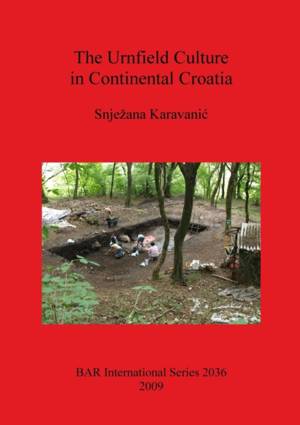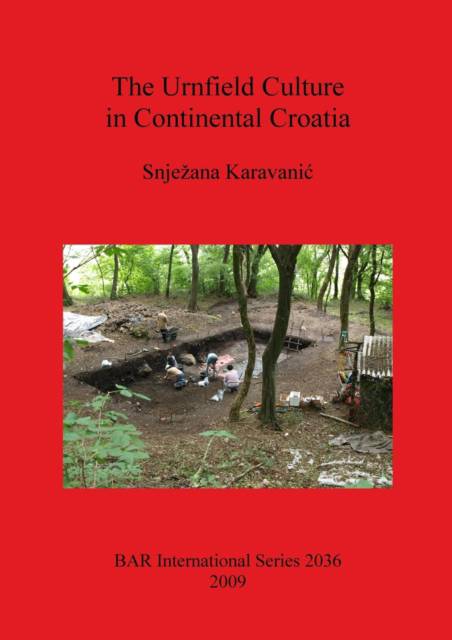
- Retrait gratuit dans votre magasin Club
- 7.000.000 titres dans notre catalogue
- Payer en toute sécurité
- Toujours un magasin près de chez vous
- Retrait gratuit dans votre magasin Club
- 7.000.000 titres dans notre catalogue
- Payer en toute sécurité
- Toujours un magasin près de chez vous
Description
The main aim of this book is to provide a synthesis of all published research on sites of the Urnfield culture (c. 1300 BC - 750 BC) in continental Croatia. Using the basic division into settlements, cemeteries and hoards, the author concentrates on the analysis of the material culture following a typological-comparative method, while in the analysis of the finds from hoards a statistical method was used in order to show frequencies and distribution of certain types of items. Although the available data is scarce and includes a small number of sites that have not been excavated sufficiently, the study tries to obtain as complete a picture on the lifestyle of the people of the Urnfield culture in Croatia as possible. The work also looks for an insight into the economic activities that were occurring in the settlements. In the chapter on settlement finds there is a concentrated on the analysis of material culture and residential structures found in the settlements at Mackovac-Cricnjevi (early Urnfield culture) and Kalnik-Igrisce I and II (early and late Urnfield culture). Chapters on metal production and the appearance of hoards are linked to the chapter on settlements, as the assumption is that the production of these items took place within the Urnfield culture settlements. The wide variety of types and forms of bronze items found in hoards of the Urnfield culture in Croatia is indicative of local production of these items, as well as of a link of this region with other areas in Pannonia and the Carpathian Basin, as well as with the whole Middle Danube circle of the Urnfield culture. Thus, a comparison with sites and finds from Austria, Slovenia, Hungary, the Czech Republic and Slovakia was necessary.
Spécifications
Parties prenantes
- Auteur(s) :
- Editeur:
Contenu
- Nombre de pages :
- 233
- Langue:
- Anglais
- Collection :
- Tome:
- n° 2036
Caractéristiques
- EAN:
- 9781407306131
- Date de parution :
- 15-12-09
- Format:
- Livre broché
- Format numérique:
- Trade paperback (VS)
- Dimensions :
- 210 mm x 297 mm
- Poids :
- 807 g







